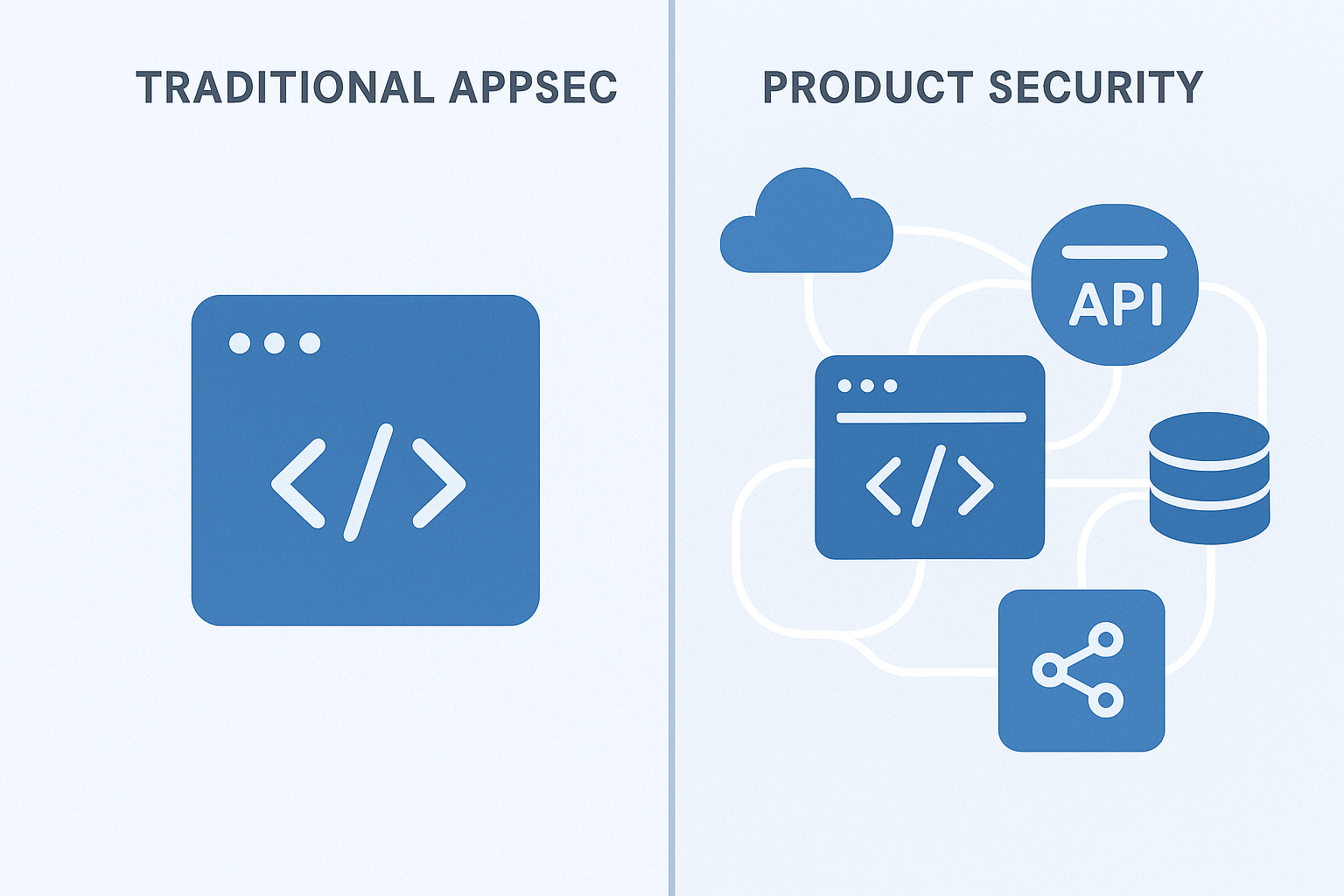· Appaxon Team · insights · 2 min read
What is VAPT (Vulnerability Assessment & Penetration Testing)?
VAPT (Vulnerability Assessment and Penetration Testing) is a comprehensive cybersecurity approach that combines two distinct but complementary security testing methodologies.

VAPT (Vulnerability Assessment and Penetration Testing) is a comprehensive cybersecurity approach that combines two distinct but complementary security testing methodologies to identify and evaluate security weaknesses in systems, networks, and applications. Vulnerability Assessment involves the systematic scanning and identification of known security vulnerabilities, misconfigurations, and weaknesses using automated tools and manual techniques. Penetration Testing, on the other hand, goes a step further by actively attempting to exploit these identified vulnerabilities to demonstrate their real-world impact and assess how far an attacker could penetrate into the system.
The Two-Phase Approach
The VAPT process typically begins with the vulnerability assessment phase, where security professionals use specialized scanning tools to identify potential security gaps, outdated software versions, weak passwords, misconfigurations, and other known vulnerabilities across the target environment. Following this discovery phase, penetration testing simulates real-world attack scenarios where ethical hackers attempt to exploit the identified vulnerabilities using the same techniques that malicious attackers would employ. This includes testing for privilege escalation, lateral movement, data exfiltration capabilities, and assessing the overall security posture under actual attack conditions.
Comprehensive Risk Understanding
VAPT provides organizations with a realistic understanding of their security risks by not only identifying what vulnerabilities exist but also demonstrating how these weaknesses could be exploited in practice. The combination of both approaches offers a more complete security picture: vulnerability assessment ensures comprehensive coverage and identification of security gaps, while penetration testing validates the exploitability and business impact of these findings.
Regular VAPT exercises help organizations prioritize remediation efforts based on actual risk, comply with regulatory requirements, and continuously improve their security defenses against evolving cyber threats.




